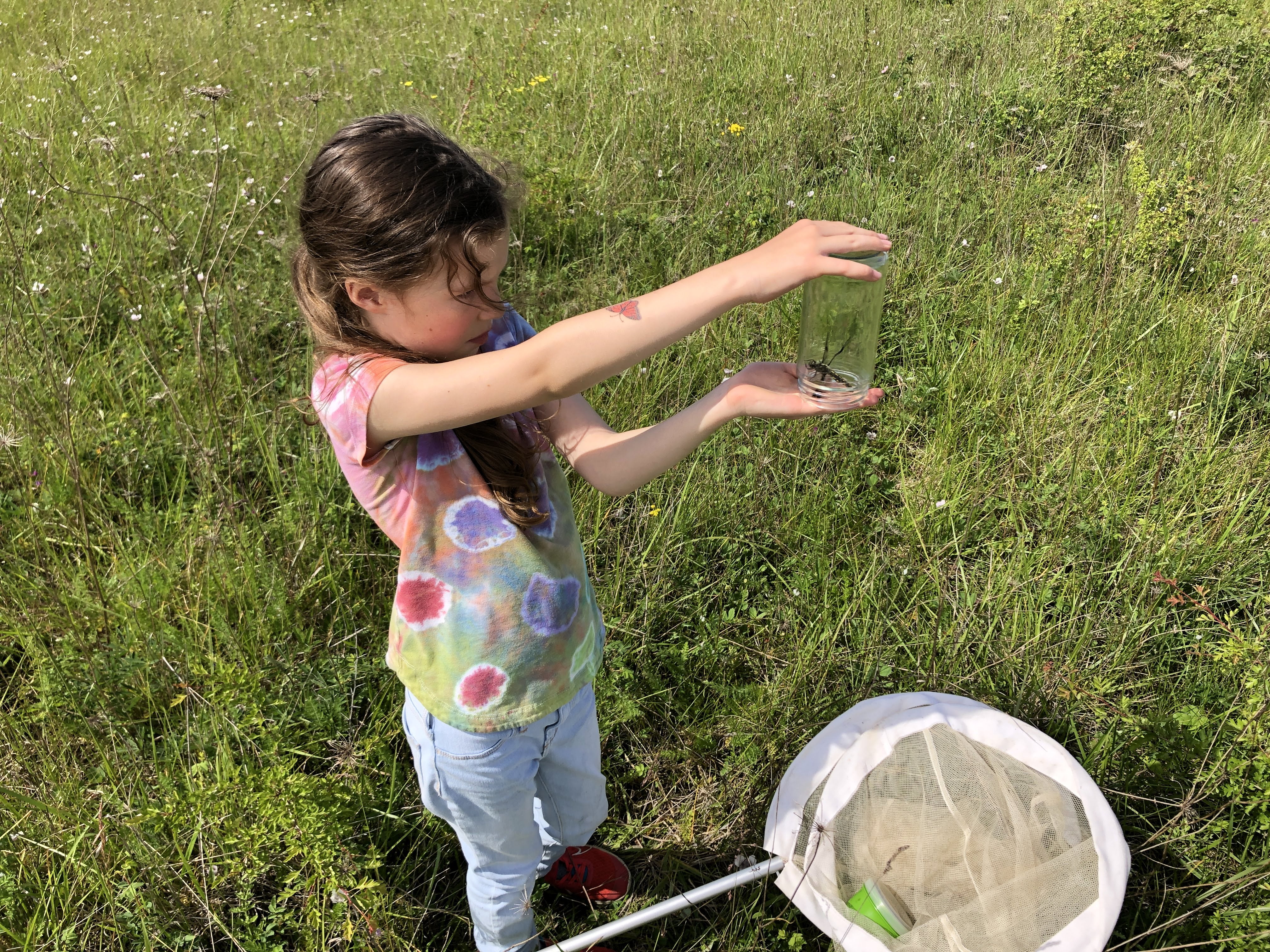
Cooped up from COVID? Our staff has your outdoor activities!
Activities for Kids:
A great compilation of activities for getting your kids into nature:
Set up treasure hunts. Make a short, simple list of things for your kids to look for outside—such as “a shiny object,” or “something you can hold liquid in.” The satisfaction of finding the objects turns it into a reinforcing activity, and it will keep them outside in search of the next list item.
Identify things. Get a book—or look online – to identify birds, bugs, leaves, trees, or flowers in your local area, and go outside looking for specific creatures in the book to identify. Matching leaves to pictures and names has a reinforcing treasure hunt kind of appeal. The same goes for bird calls.
Give them the tools to discover. A bug box, a magnifying glass, or a shovel will promote ways to explore the outdoors with a fun new tool that feels professional and empowering.
Start a collection. You can find small parts of nature like rocks or shells almost everywhere, and starting a collection adds appeal, giving a kid motivation to search and therefore spend time outdoors. Just make sure you’re not in a state park—most have rules that don’t let you bring anything home.
Use technology to your advantage. If your kid is hooked on any and all electronic devices, have him bring along a camera or phone and create video or photo journals of various nature trips. He’ll still be near a piece of technology, but he’ll be using it to focus on the world around him.
Plant a garden. Tracking the progress and seeing the eventual product of a seed your child planted provides a different, deeper sense of achievement than beating a difficult level in a video game or getting a lot of likes on your last Instagram.
Take a hike. Walking on a trail to a waterfall or breathtaking view also gives kids a sense of accomplishment, rewarding them for their physical efforts during the hike. Check that the trails are open for walking and keep your social distancing. This goes for bike rides, too. Just don’t forget to bring snacks and take short breaks to keep their energy up!
Make art projects. For the kids who would rather sit inside with some arts and crafts, get them to use objects from nature for their art. Picking flowers to press onto paper, using berry juice as paint, or collecting pinecones and rocks to decorate are ways to infuse nature into activities they already enjoy.
Build something. You can also reverse the process and make art with your kids that will support and nurture the natural world—things like bird feeders or flower boxes. Kids will keep coming back to watch an object they created provide for other living things.
- Leaf print Mandalas. Make colorful mandalas with nature.
- Put together a beautiful nature wind catcher.
- Create walking sticks using a large stick and paints.
Bird Activities:
Cornell, Cornell in Spanish
Especially for upper grades – IAE’s own Project Botany Native Plant Curriculum; a place-based approach to native plant education.
Build your own birdhouse! Blog from Porch.com.
Activities for Anyone:
Take part in Citizen Science!
Scistarter – Did you know April 2020 is Citizen Science Month? The creators of this month is Scistarter, hosted by the School for the Future of Innovation of Society at Arizona State University. The website has thousands of ways for you to collect real data that makes a real difference. You can even contribute to an inventory of water pipes in Crowd the Tap.
iNaturalist – Join an online community observing diversity and species identification
Build a Bird Box!
The birds visiting your yard might stay longer if you provide the right nest box for them! Different birds have different nesting needs, and the Cornell Lab of Ornithology’s NestWatch website can help you figure out which boxes to build for the birds you want to support.
The Right Birds, Right House interactive tool allows you to select bird house plans for birds found in our region and specific habitats. The plans are rated for difficulty and kid-friendliness.
The Environmental Education Association of Oregon has a great list of resources for families and educators.
The OSU Master Naturalists has virtual hikes, tours, and activities for all.
Messages from IAE Staff:
Stacy Moore, Ecological Education Program Director:
During my third week of isolation at home, I find myself balancing on my mountain of pillows perched on my chair as I try and type on my laptop that rests precariously on a stack of carboard boxes at my kitchen table. I pause at this moment to ponder how very precious life is. This is a time when each of us has an opportunity to focus on what is truly important and meaningful – to find space for simplicity and rediscovering nature, and to share this with our children and loved ones.
We all know the importance of getting children outdoors in nature – sunshine to make vitamin D for healthy immune systems, exercise and opportunities for creativity, imagination and problem solving, promoting appreciation for nature. Seeing animals in their habitat, playing in streams, observing plants and digging in the soil all help young people connect to our natural world. The future of our planet will be in the hands of our children and they need to feel a connection to nature that sustains us all. May you share the joy of nature with your family. May you be well – live joyously!
-Stacy
https://youtu.be/JCuflE-7098
Tags:
Restoration
Research
Education
Get Involved
Contact
Main Office:
4950 SW Hout Street
Corvallis, OR 97333-9598
541-753-3099
[email protected]
Southwest Office:
1202 Parkway Dr. Suite B
Santa Fe, NM 87507
(505) 490-4910
[email protected]
© 2024 Institute for Applied Ecology | Privacy Policy